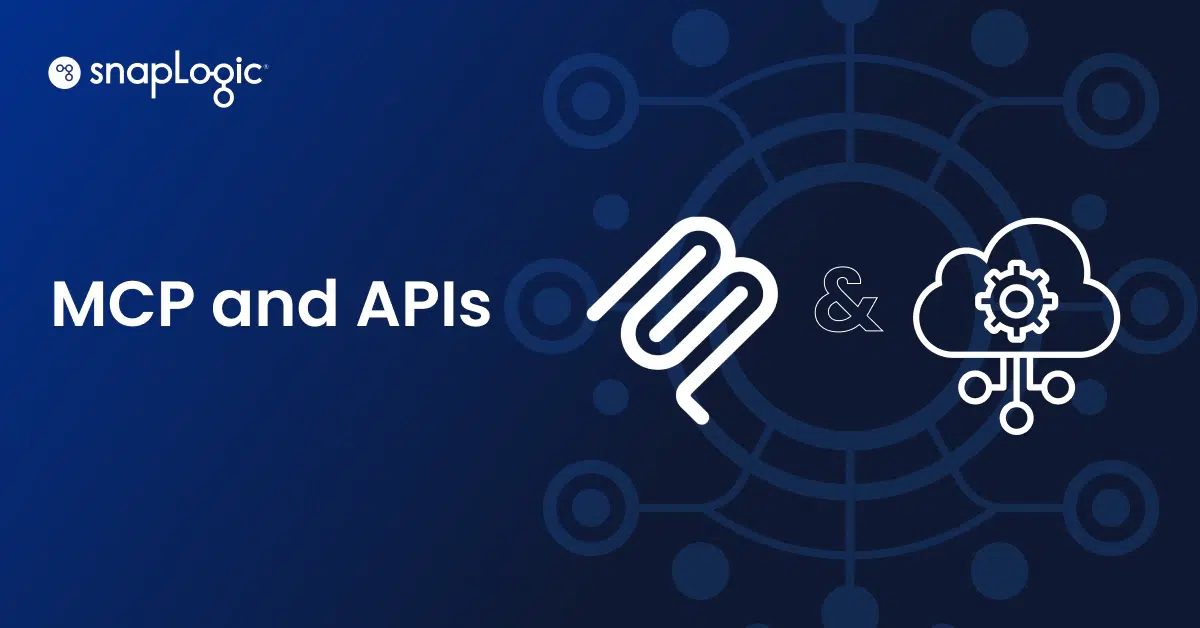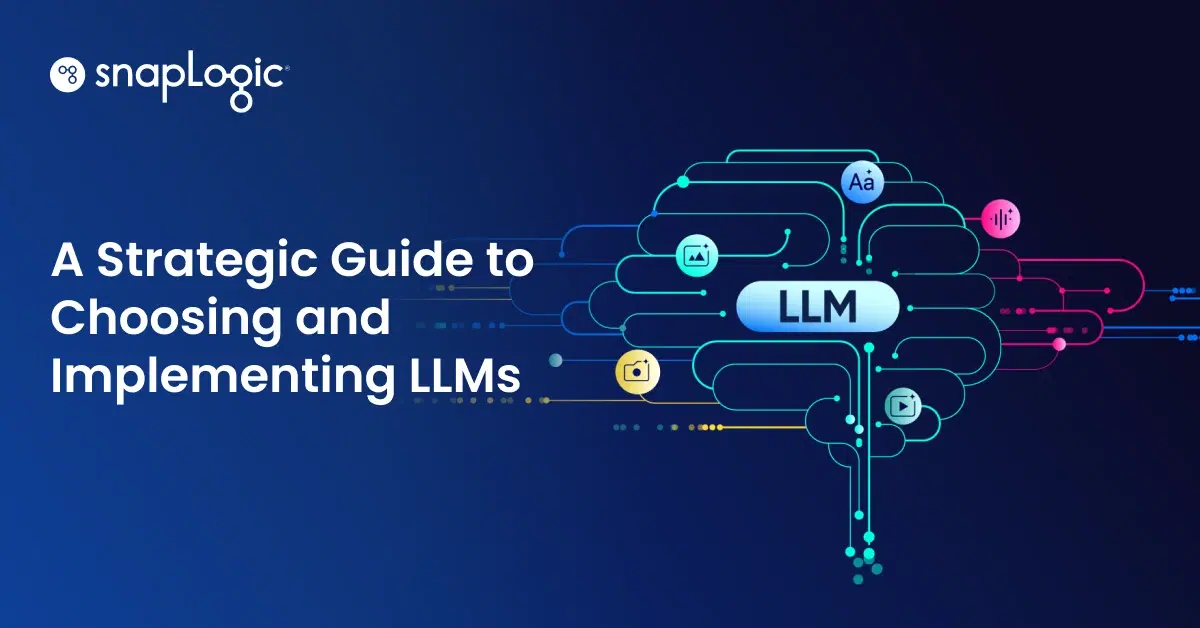A string of good decisions can easily propel a garage-born startup to greatness. But a few bad ones can bring even the most formidable organization to its knees. The key to minimizing costly decisions while maximizing profit-yielding ones is to make data the bedrock of your decision-making.
Top companies have been making data-driven decisions for a long time. Amazon, Box, Workday, Adobe, and other industry leaders have enjoyed huge success as a result of putting their faith in data over instinct.
Other companies, in the quest to be data-driven, commission task forces and devise elaborate initiatives to arm more decision-makers with data. But, sadly, these measures often fail. A survey of 500 enterprise IT decision-makers reveals that 74 percent of organizations gather incredible volumes of data but struggle to glean insights from it.
The same survey shows that, on average, companies only use half (51 percent) of the data they capture, leaving the other 49 percent to languish in some dust-laden data store.
What’s keeping you from being data-driven?
Several factors prevent companies from leveraging their data. Reporting bottlenecks, for example, which typically arise when the burden of aggregating analytics falls solely on IT, often leave business stakeholders with outdated – and potentially useless – information.
But another problem lurks, one perhaps more insidious than bottlenecks – data silos.
Many companies have data locked away in various databases but fail to integrate it. As with bottlenecks, these data silos force business leaders to make critical decisions based on fragmented data that lacks context.
Flawed approaches to integration are what enable data silos to calcify and proliferate. Companies must rethink their approach to integration if they want to escape the perils of these silos.
The key to shattering data silos and unlocking the value in your data is to adopt a modern, multi-point integration solution that enables rapid data retrieval, supports hybrid deployments, and scales easily.
Three flawed approaches to integration
There are three approaches to application and data integration that perpetuate data silos. Companies often employ a blend of each.
1. The legacy approach
Many companies are stuck with traditional on-premises integration software they acquired decades ago. The problem with these solutions is they are a pain to use, hard to maintain, and expensive.
As IT departments slim down, it leaves fewer resources for managing such systems. What’s more, legacy integration solutions are poorly equipped for modern cloud-centric data architectures. As companies adopt more cloud applications like Salesforce, Workday, and ServiceNow, it will become excruciating for them to connect those apps to their other critical systems.
On-premises integration solutions are too costly and complex to make a dent in solving the data silo dilemma.
2. The point-to-point approach
The rise in the number of unique data sources has caused swarms of point-to-point tools to emerge. One of these tools might let you connect two endpoints like Zuora and NetSuite with relative ease. But if you want to integrate the former with, say, Shopify, you must hand-code that integration or buy another point-to-point tool.
Organizations end up with a tangled mess of integrations and hard-to-maintain APIs as a result. Managing that mess is painful, especially since doing so requires you to hop between different integration tools. Errors occur more frequently in this chaotic environment.
Another major drawback of these lightweight tools is they don’t scale. Every time you add in a new data source, you have to track down another point-to-point tool, further complicating your data architecture.
In a point-to-point setting, by the time you’ve addressed one data silo, three more have surfaced.
3. The custom-code approach
Scores of companies depend on a few overworked engineers to manually code their integration pipelines. This fragile approach is perhaps even less scalable than the point-to-point approach.
An integration specialist could spend days or even weeks building a single integration when it need only take hours. Meanwhile, integration requests from the line of business (LOB) units pile up.
In-house pipelines also tend to break more easily, which further slows the process of uniting your disparate data. In such cases, yet again, business leaders have no choice but to operate on incomplete information.
Ultimately, organizations hand-coding their integrations should not expect to avert the wrath of data silos any time soon.
Taking any of the above integration routes will only further entrench your data silos. To shed these silos, you need to abandon outdated and piecemeal approaches in favor of one rooted in a unified integration platform for the modern era.
Become data-driven at last: Modernize your integration approach
A modern integration platform enables rapid data retrieval. It does so through intuitive self-service. Instead of forcing you to write hundreds of lines of codes to extract and move data, it lets you use a simple drag-and-drop interface. What’s more, it leverages artificial intelligence (AI) to automate popular integrations and accelerate the process of building pipelines. The clicks-not-code nature of a modern platform empowers not only integration specialists to fetch time-sensitive data but also citizen integrators and LOB stakeholders.
A modern integration platform supports hybrid deployment environments. While zeal for the cloud is as strong as ever, the fact is, most organizations rely on a mix of cloud and on-premises software to function. As a multi-point solution, a modern platform allows you to easily integrate cloud applications with on-premises data sources across a wide range of endpoints. Moreover, it adapts to your technology infrastructure, performing just as well behind your firewall as in the cloud.
A modern integration platform grows with you – it scales. As the volume and variety of data you collect skyrocket, the platform responds to the growth seamlessly. It lets you query large data sets for real-time analytics and employ batch processing to haul big data into a data lake. With a modern platform, instead of wading through a thicket of piecemeal integrations, you can manage your integrations in one simple console. Adding and integrating new data sources within this one platform is almost as easy as adding an extension to your internet browser.
A modern, multi-point integration platform integrates all your disparate data, not just some of it. In doing so, it causes your data silos to vanish. Removing data silos is crucial to giving decision-makers reliable data when they need it.
Your approach to integration will increasingly dictate whether you use the data you collect or not. And, in the end, that’s all being data-driven boils down to – using data.











